Breaking Bad’s Jane: An Island in Albuquerque
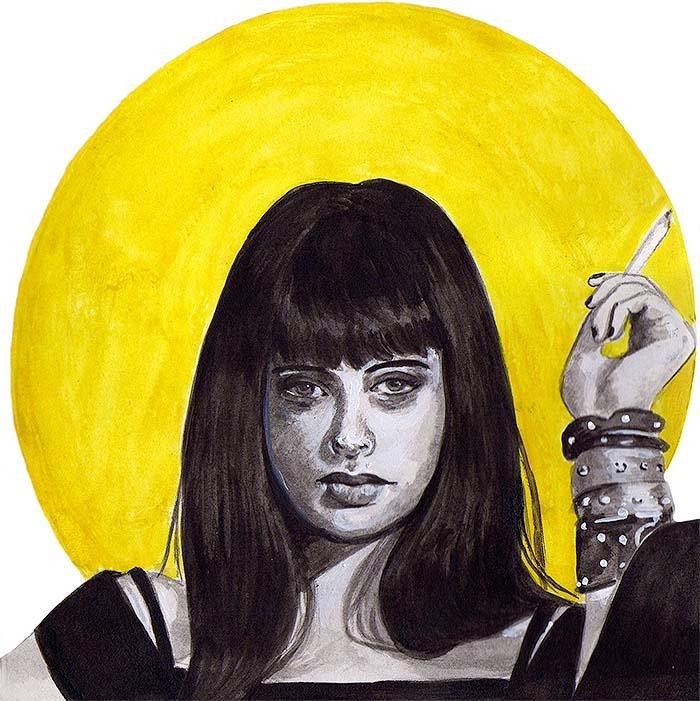
In Season 2 of Breaking Bad, the hit crime drama series that aired from 2008-2013, Jane Margolis enters the scene. Walter’s partner Jesse moves into a new apartment, where the landlady is Jane. Jane fills the foreground of Jesse’s life in an intense romantic relationship that ends with Jane’s death.
Andrew Delbanco is a professor of American Studies at Columbia University and the author of several books. In The Real American Dream: A Meditation on Hope, Delbanco outlines a spiritual history in the United States over the last 200 years. Jane’s complex character signifies the lost potential that results from an absence of hope. Jane’s character provides an individual level of analysis as an endlessly fascinating character, a commentary on family through her relationship to her father, a profound impact on Jesse and Walt, and finally an impact on Albuquerque as a city through the plane crash following her death.
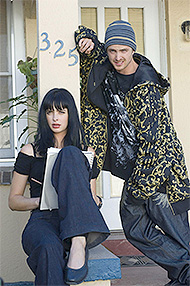
Though Jane’s character is inextricably tied to her relationships to Jesse, Walt, her father, and Albuquerque, her day-to-day life presents one separated from the community, where her melancholy prevents her successfully joining communities and acting on her potential. Ultimately, Jane’s life and death serve as a representation of overwhelming melancholy and the inability to find community or transcendence in the absence of hope.
Jane’s individual character presents a representation of extensive melancholy, foreshadowing her certain fall. In Andrew Delbanco’s The Real American Dream, he argues that human beings need stories to navigate their lives as they lead towards death in order to provide hope, and that “without some symbolic structure by which hope is expressed, one would be, as the anthropologist Clifford Geertz has put it, ‘a kind of formless monster with neither sense of direction nor power of self-control, a chaos of spasmodic impulses and vague emotions’” (1). Directing his attention to the history of America as it relates to hope and melancholy, “the dark twin of hope”, Delbanco invokes Tocqueville’s analysis of the United States (2). Tocqueville speculated Americans were melancholic because they are close enough to equality of condition, but too far away to enjoy it. Essential to this understanding of melancholy is the idea of falling, where humans orbit around a center, and if they lose hope, they fall (3). Jane represents a complete lack of hope, where her melancholic fall results in her shortened life. In “Over,” Jane foreshadows her own death in a humorous exchange with Jesse as he makes her breakfast he meant to deliver to bed:
Jesse: You weren’t supposed to wake up.
Jane: Ever or…?
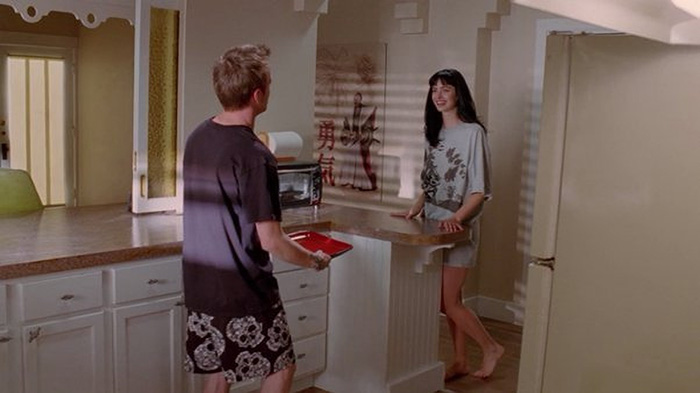
Jesse laughs in response to Jane’s question, but her immediate assumption he meant death highlights a state of mind where death is nearby. Jane’s dark wardrobe, brooding eyes, and mysterious demeanor towards Jesse represent her separation from others.
Art as Hope
Jane’s relationship with art works to display the effects of melancholy on potential, where Jane seems on the precipice of purpose outside of herself but cannot surpass her own personal boundary and find hope. Jane displays her artistic talents, quick wit, and sharp intelligence concerning business matters as the apartment manager, as well as general worldly knowledge. As an individual, Jane’s artistic sensibilities and intelligence highlight the potential for hope, for finding a larger purpose, that goes unrealized.
Lewis Hyde is a scholar and cultural critic whose explores the importance of gifts in modern culture. In Lewis Hyde’s “The Labor of Gratitude,” he writes, “Most artists are converted to art by art itself… we come to painting, to poetry, to the stage, hoping to revive the soul” (59). Jane works on her art; Jesse finds her sketching tattoo designs on her front stoop, as well as studying artists who have inspired her. Jane asks Jesse to go to the Georgia O’Keeffe museum in Sante Fe with her (“Four Days Out”). Hyde argues a lively culture “will have artists whose creations are gifts for the transformation of the race” (60). Jane’s artistic sensibilities offer the promise of hope, where she might be able to turn her gratitude for art into her own gift for others, transforming something outside of herself. However, Jane’s father does not support her tattoo artist job, and art is not enough to mend her melancholy. After relapsing, Jesse suggests visiting the Georgia O’Keeffe museum, and Jane seems disinterested as she agrees and picks up the pipe to smoke more meth. Jane’s potential for art seems to offer hope, but her melancholy overwhelms this potential.

Jane’s drug use functions to tie her to Jesse, as well as to comment more broadly on the larger effects of drugs in communities. Jane’s role in the show is inextricable from both drugs and Jesse, where Jane’s addiction presents a barrier to hope; she has not finished the work of recovery when she enters a relationship with Jesse. Jane reveals her battle with addiction when Jesse asks her to smoke pot with him, and she tosses him her 18-month chip, with “Keep coming back” written on the back (“Better Call Saul”). Jane quickly exits the room when Jesse is about to smoke, removing the temptation and clearly acknowledging her addiction.
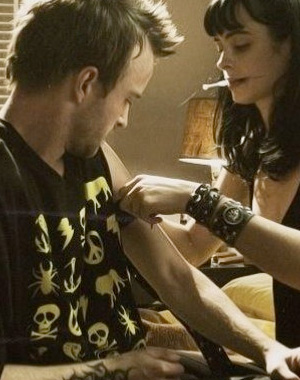
Delbanco writes about the philosophy of Alcoholics Anonymous, where there exists, “a simultaneous imperative to give up and give way to a force outside the self that has been waiting for the barricade of pride to be lowered” (25). Reaching despair allows one to find hope, and then it follows, the 12th step of AA as “the only salvation from ‘despair in ourselves’ is service to others’” (26). Jane, though 18 months in recovery, has not given way to a force outside herself and cannot effectively look outside herself.
In Delbanco’s conclusion on the self, he claims, “the most striking feature of contemporary culture is the unslaked craving for transcendence” (114). Delbanco identifies voluntary organizations such as AA, that have proliferated in recent decades, as “clubbish and resolutely local, and unlikely to lead outward toward a sense of connection with an overarching human community” (114). In Jane’s recovery, she has been unable to connect with anything larger than herself. “Returning to Hyde’s commentary on gifts, in “The Labor of Gratitude, he writes about Alcoholics Anonymous and how “its teachings are free, a literal gift” (58). Hyde writes about “two-steppers,” people who accept their alcoholism and try to help others “without the in-between steps where the labor lies” (59). Hyde’s discussion of AA parallels Jane’s work in recovery from drug addiction. Though Jane has put in labor in the process of getting clean, she is not done, and after briefly suggesting attending a meeting with Jesse, she quickly returns to drugs.
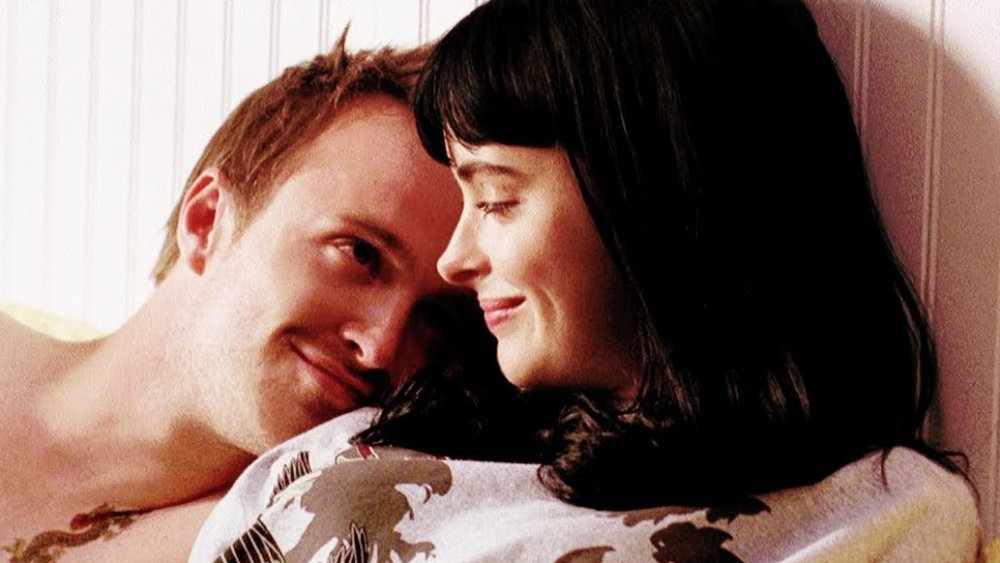
The potential to bond with Jesse offers hope, but this attempt backfires and pushes Jane back towards drugs and further intensifies her melancholy. Though her burgeoning relationship with Jesse could allow to provide service to another individual struggling with addiction and allow Jane to find connection, Jesse is not willing to accept help, and drugs allow Jane to get closer to Jesse. After Combo’s death, Jesse asks Jane to leave so he can smoke meth since she is in a program, and Jane suggests attending a meeting together (“Mandala”). Jane tells Jesse:
Jane: We could get out of here. It [smoking] won’t help.
Jesse: Yeah, it will. And I don’t need you telling me it won’t.
Here, Jane attempts to provide a gift of her labor to someone else, but Jesse is unwilling to accept this help. He uses their relationship against her, arguing that he does not want her telling him what to do. This invocation of freedom resonates with Jane, whose father has asserted control over her life and drug use. Jesse tells her to go, but the risk of hurting her relationship with Jesse causes Jane to stop at the door. Jane holds the handle and looks straight ahead, deciding to turn around and go back to Jesse’s room, ending her sobriety and confirming her downward spiral towards drugs and death. Jane uses drugs in this instance to connect to Jesse, who uses drugs in his grieving state. As Jane sits in a meeting with her father after relapsing, she sits in the back of the room while an addict talks about his re-birthday, Jane stares blankly, turning her 18-month chip over and over (“Phoenix”). Jane’s literal fidgeting figures within Delbanco’s grim assertion that, “all our getting and spending amounts to nothing more than fidgeting while we wait for death” (3). Jane’s relapse reminds her of the repetition of meetings and unfruitful labor where she has not yet recovered. Though her chip reminds her to “Keep Coming Back,” she has lost hope, and fidgets as she sits in the back of the room, waiting for her impending death.
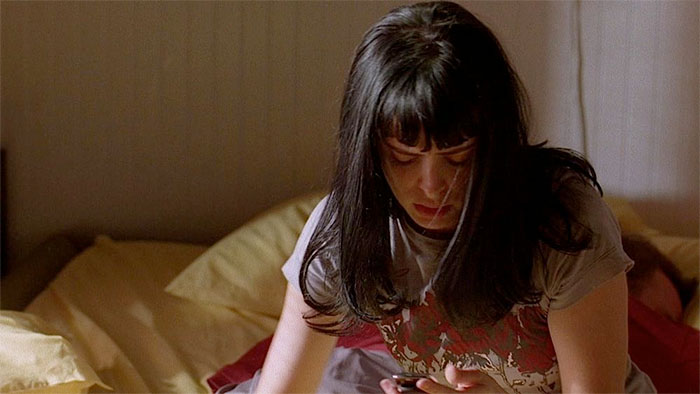
Jane’s next appearance in “Mandala” comes when she arrives at the apartment with heroin; she says nothing as she enters the apartment and begins preparing the drugs for Jesse’s first time. Jane’s progression to heroin immediately after smoking crystal further emphasizes her melancholy. Once she relapses, she returns to heroin, introducing Jesse, and further pushing his spiral of drug use. The dramatic progression of drugs represents a cycle where people seem to lose control to the external substance. In relation to the larger show, Jane and Jesse’s drug use tie to Walt and Jesse’s work, where the impacted parties of drugs are not only stereotypes of homeless people who appear on death’s door, as seen in the ghostly figures in the Shooting Gallery after Jane’s death, but young people brimming with intelligence and potential to lead normal lives.
A Wavering Chance at the American Dream
Jane’s relationship with money highlights her role as a representation of melancholy and hope within the American contemporary environment. Beyond her drug use and relationship to Jesse, Jane’s character has a significant impact on Walt, following her discovery of Jesse’s wealth. When Jane learns about Jesse’s $480,000 he has not received, her countenance completely changes. When Donald finds out Jane has relapsed, she promises to go to rehab and assumes a childlike, high-pitched voice as she pleads with her father not to call the police. Jane finally agrees to go to rehab “tomorrow”; the emphasis and repetition of tomorrow foreshadows Jane’s lack of tomorrow, as she dies that very night. When Donald leaves, Jesse asks if she meant what she said to her father; her voice dramatically deepens as she replies:
Jane: I don’t know. I just think if we had enough money, nobody could make us do anything.
(“Phoenix”).
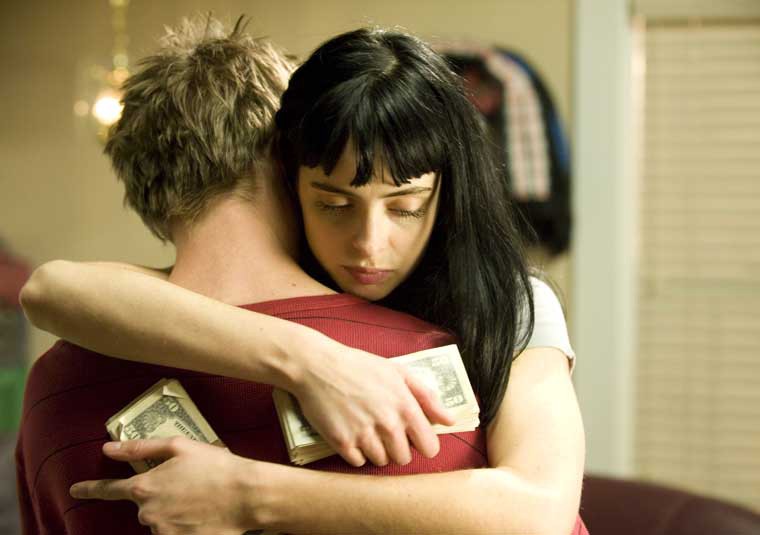
Jane’s assertion of freedom in association with money aligns with the American sense of individualism tied to economic prosperity. After Jane has agreed to go to rehab, she blackmails Walt on Jesse’s behalf, and threatens to call the police, as her father just did to her. When Walt delivers the money, Jane holds up the money:
Jane: This is freedom. This is saying I can go anywhere I want. I can be anybody. Where do you wanna go?
Jesse picks New Zealand and works out a plan for Jane to paint castles while he works as a bush pilot. Jane’s recognition of money as equivalent to freedom marks her identification with a false sense of the American dream, where money offers salvation from her melancholy. However, this money is still abstract as she holds it in her hands. Jesse envisions moving to New Zealand, and though his vision is unrealistic, he can imagine something outside of their reality that Jane cannot even put words to. In Delbanco’s discussion of the self, he argues there exists “impoverishment of our children’s capacity to imagine the future” (98). Though Jane excitedly holds the money and speaks of the opportunities, she does not truly believe what she says. She lacks enough hope to believe in possibility and imagine any future for herself, even with half a million dollars. The moment where Jane holds wads of cash in her hands harkens back to Tocqueville’s writing on the pursuit of attainment of equality of condition, where “at every moment they are about to grasp it; it escapes from their hold” (3). Jane cannot grasp the potential of the money because she has lost hope.
Overwhelming Melancholy

Jane’s death solidifies her representation as melancholy that radiates outwards in its impact on others; after Jane’s death, the anguish of death causes further melancholy. In the second season’s finale, titled “ABQ,” when Jane’s father Donald enters Jane’s apartment following her death, this marks the first time the audience sees her apartment. Jane was previously seen outside on the front stoop, on the back patio, or inside Jesse’s apartment. Her small space is filled with books, a photograph of poet Elizabeth Bishop, and her sketch pad lays open on her desk (“ABQ”). Behind her bed is a large mural with a figure enmeshed in twisted strands, her appearance not unlike Jane’s and appearing as though she is falling (See Figure 1). The image of Jane falling, as represented by herself, closely ties to her overwhelming despair, as Delbanco writes about orbiting around the center point of hope where, “if we lose velocity, we fall” (3).
Donald speaks to Jane’s mother on the phone about and searches for a dress. He finds a blue dress he describes to Jane’s mother as without cleavage and with long sleeves, presumably to cover track marks. Jane’s wardrobe throughout the show almost exclusively consists of black and gray, fitting with her grunge tattoo artist persona. Donald’s selection of a blue dress, unlike something Jane would choose to wear, but a respectful choice to honor his daughter, highlights the prevailing sense of melancholy through the deep, dark blue. He gingerly places it on the pink bedspread as he stands over it (Figure 2).
The next cut jumps to Holly with her arms outstretched in the same position as the dress, also under a pink blanket as Walt stands above her, changing her diaper (Figure 3). This match cut parallels the two fathers at opposite ends of the life cycle, where Donald prepares for Jane’s memorialization while Walt changes his newborn baby’s diaper (“ABQ”). This parallel also ties Walt to Jane’s death; Walt willingly stood back and let Jane die the night before. The episode’s title highlights the intense effects of Jane’s death on Walt, Jesse, and Donald, but also Jane’s relation to her city, Albuquerque. Though Walt was responsible for Jane’s death, an entire host of cultural and environmental factors led up to her drug addiction and death. Her melancholy was not created overnight, and the relationship to the larger American city emphasizes this truth. Finally, Donald’s grief causes him to misdirect flights as an air traffic controller, and he is responsible for a plane crash that kills 167 people in Albuquerque. This action takes place after Donald has lost his daughter, and has thus lost all hope.

Jane functions as a complex character on her own, but her function in the show extends outward, from her impact on Jesse and Walt, finally to her impact on Albuquerque through the plane crash. Jane represents an American sense of melancholy. Her attempts to connect to something larger beyond herself have failed, and she is effectively an island. Though her relationship with Jesse offers social bonds, Jesse pushes her back towards drugs that allow her to avoid feeling and intensify her melancholy. Her life and death impact Donald, Walt, and Jesse, as well as the city of Albuquerque, suggesting the pervasiveness of melancholy and its radiating effects. Ultimately, Jane’s character lacks all hope, made even more devastating by her potential for hope through her art and her intelligence. Though drugs play a large factor in her fall, the show ultimately comments on an America where individuals yearn for transcendence and transformative connection but cannot find it and are ultimately on their own, fidgeting until inevitable death.

Works Cited
Delbanco, Andrew. The Real American Dream: A Meditation on Hope. Harvard University Press, 1999.
Hyde, Lewis. The Gift: Creativity and the Artist in the Modern World. “The Labor of Gratitude.” Vintage Books, 1983.
“Better Call Saul.” Breaking Bad, season 2, episode 8, AMC, 26 April 2009. Netflix, https://www.netflix.com/watch/70196268?trackId=200257859
“Over.” Breaking Bad, season 2, episode 10, AMC, 10 May 2009. Netflix, https://www.netflix.com/watch/70196268?trackId=200257859.
“ABQ.” Breaking Bad, season 2, episode 13, AMC, 31 May 2009. Netflix, https://www.netflix.com/watch/70196271?trackId=200257859.
“Phoenix.” Breaking Bad, season 2, episode 12, AMC, 24 May 2009. Netflix, https://www.netflix.com/watch/70196270?trackId=200257859.
“Mandala.” Breaking Bad, season 2, episode 11, AMC, 17 May 2009. Netflix, https://www.netflix.com/watch/70196269?trackId=200257859.
Appendix
“ABQ.” Breaking Bad, season 2, episode 13, AMC, 31 May 2009. Netflix, https://www.netflix.com/watch/70196271?trackId=200257859.
What do you think? Leave a comment.

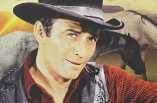
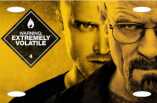

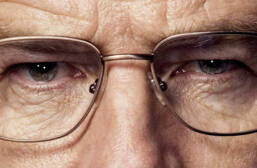

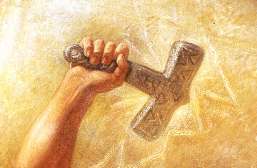
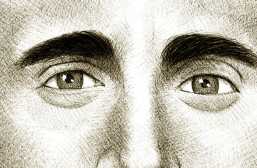

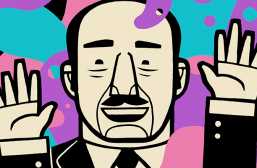

I am particularly drawn to Jane. A character that displayed tremendous depth and much influence over Jessie with her character leading his actions throughout the season.
I miss Jane, she was great and very relatable.
The absurd plane crash storyline rules BB out of any 10/10 greatness, but it was close!
Why? Why couldn’t have Jane’s father been an air traffic controller? They do have daughters I’m sure, and some of them may even be relapsing drug addicts. Why isn’t it understandable that he might do what he did? That event was a depiction of the effect of Walt’s actions on his community writ (very, very!) large.
Loved your article. I know she wasn’t really in it for that long, but I really liked Jane. And she had real power over Jesse (Which Walt didn’t like).
Her death sticks in my mind as one of, if not the most moving moments of the entire series and it has completely coloured Jesse’s character.
Agreed, She was an incredibly important character. Walt’s leaving her to choke on her vomit, when she was really no more than a thorn in his side, was his first unspeakable act, and the moment I lost any sympathy for his character.
I still have sympathy with Walt, to the end.
Me too. I didn’t dislike Walt when he let Jane die. At the time i saw it as he was saving Jesse, been as he’s always had a soft spot for him.
Most things that Walt has done have been for his family, and Jesse. OK his ego got control of him more recently, culminating in him telling Hank that maybe Gus wasn’t the only guy involved and leading to Hank reading the book and matching things up… but still, he got into all this for his family.
Brilliant character, as is Jesse.
He acted out of necessity and desperation , he retains some warmth and humour despite everything he’s been through and everything he’s done.
I know. I only lost sympathy with him when he killed Mike. It was the only time when he didn’t need to do the bad thing in only to save the meth business/his family.
Oh, I love Krysten Ritter. I hate that she’s not in enough things.
I actually believe Jane from BB is a reference to Jane Bainter, the namesake of the song “Jane Says” by… Jane’s addiction. The song is about a bandmember’s roomate who was heavily addicted to heroin. If you haven’t heard the song, take a listen to the lyrics and see if there isn’t a connection.
That’s a good catch and could definitely be the reason behind her name.
I thought she was a character that really showed how addicts will act (ie.,bad decisions and how manipulative they can be when they are using). She tried to not use but was drawn back in because of the person she chose to be with. She definitely manipulated her father when he wanted to take her to rehab and she didn’t want to go. And she couldn’t control her using until it ended in her death. I thought the character felt very real, and the actress did a good job with it. The writing on breaking bad is amazing.
Definitely some parallels to Amy Winehouse here. Good job.
Glad to see you made the lineup, and I applaud such a thorough character analysis.
I really enjoy Breaking Bad, it is cracking entertainment, it does leave me in suspense but I just can’t take the show that seriously. You have a really gritty scene like when Walt allows Jane to die, followed by a step into the absurd immediately after, anyone who has watched the show will know what I am talking about. Add to that the laughably daft bad guys like Tuco and his cousins and the show, to me, doesn’t give me any genuine emotional connection.
A truly great show like The Wire makes you reflect. Breaking Bad is throw away television.
Jane was also a terrific character. Great analysis on her.
The most flawed and underwritten part in my opinion was Jane in series 1. The writer was so desperate to get a young, hot woman into the story that she was introduced far too quickly and the whole storyline was rushed and unconvincing – she was a plot device rather than a real person – but her dad was very believable…
I don’t think the writer gets women in the way he gets men – a pity…
I have not watched season 2 yet though.
A – season 2, B – there’s a whole room of writers, not just one, C – should Jesse fall for an ugly old woman? D – you don’t actually understand what Breaking Bad is doing. It’s not creating a huge cast of deeply nuanced characters to explore them. It’s creating a story about one man and how he affects those close to him. Both approaches are equally valid, what isn’t valid is criticising one based on what the other does.
She was a victim. Of Jesse, of Walter, of her father, but mostly she was a victim to herself.
In her father’s very first appearance she noticed that he had his own keys to her place and she looked disappointed.
She felt like her dad was watching her too close and being too controlling. Which was also tied to her own behaviour and history of drug use.
Jesse was an opportunity for her. He was a nice, cool guy and also a young big nice looking blue eyed blond bag of “clean” (not stolen) cash.
She did care about Jesse of course. But it was his money what would make Jane independent and escape from her father’s watch. Which was her ultimate goal.
Walter was going to kill her anyways. She knew too much. He only didn’t know how to do it without Jesse ever finding out. Her overdose was his perfect opportunity to protect his secrets.
For me. When Walter let her die it was the moment Walt lost all my sympathy. From that point onwards. Every bad thing that happened to him was deserved.
Tl:Dr: she was an adult who made her own mistakes. But she was not a bad person. And she could have turned out ok if her relationships weren’t so toxic.
To be honest, her father’s way was not only reasonable but also practical.
Jane’s resistance was entirely her fault.
Jane wasn’t a bad person, but she was bad for Jesse, and vice versa.
Jesse and her would have obv turned into Spooge and that crackhead from earlier and I feel like they tried to portray that with how Jane became a totally different person after starting to use again. Her actions all seemed becoming of that “skank” crackhead.
She’s a bit of a manic pixie dream girl, but like, kind of a realistic version? Like she’s very volatile and emotionally fragile. She’s also maybe a little manipulative. All while being kind of magical and whimsical in a way, or at least presenting herself as such.
Pretty accurate description, I don’t think her intentions were all bad she seemed to really care about Jesse. she was just an addict at heart so when she relapsed she lost control.
I think she and Jesse were really well-suited for each other. To me, it shows just how destructive addiction can be to people’s lives. They could have made a good life together.
Maybe Jesse could have learned how to tattoo and they could have encouraged each other with their ability to draw. They could even have had some beautiful children and a happy family life. But drugs took every good thing out of their lives.
I had the feeling that she was the plot device rather than the full fledged character.She was there only to die and fuel the change in Jesse and Walt.
I think she was pretty cool.
I think part of the reason she quit heroin was because of her father. She fiercely tried to show him she was changed and listen to him but because her want for sobriety wasn’t coming from a more personal place to change for herself, she fell back into it. I don’t think Jesse “sucked her back into the drug world.” As a drug addict myself I assure you there are drug addicts everywhere and if even spend like an hour with them, you will feel the strongest urge to use EVER. He told her to leave when he started smoking CM. She knew what she was getting into. It was bad judgment for her to hang out with an addict when she was in recovery.
Neither of them were in a healthy place for a relationship no matter how “cute” you thought they were together or how much you think they could “fix each other and heal together.” She cared for Jesse. I think she shows that by trying to connect with him by going to a museum and by drawing that Apology Girl superhero when she’s a dick to him in front of her dad. She’s sweet and she cares.
The money thing though? I don’t believe she tried to blackmail Walt to get Jesse his well deserved money. I think she did it 75% for her and 25% for him. BUT I do believe she had every intention to quit heroin and travel with him and start a new life like she told him. As pipe dreamy as that may be. All in all, I liked her. But what happened was….realistic and fitting for the show.
Agreed.
I hate her, and can’t watch anything with her in it because I hate the character so much.
She was a toxic junkie who used Jesse.
On a rewatch currently. I remember thinking much more of her first time around but the whole thing is a manipulation. Even the big puppy dog eyes to her dad when he’s calling the cops etc
That’s pretty harsh. She was 18 months in recovery. She meets a man who uses and sells crystal meth, and she fell back into old habits. She was an addict, have some sympathy for christ’s sake
She’s a fictional character.
How is it more ridiculous to have sympathy for a fictional character than to hate a fictional character?
Wow harsh. She was so sweet in the beginning during her recovery but drugs change a person
My wife and I are doing a rewatch and her character has some flaws for sure. The one thing I can say undoubtedly about her character is that her death was the beginning of me truly hating Walt and him going from on the fence of going bad to truly being terrible.
I think if that loser Jesse didn’t do meth and respected her sobriety, they could have been a great couple.
I mean when Jesse was going to smoke meth he asked her to leave multiple times because he didn’t want to mess up her sobriety. She chose to stay, after Jesse had went into his bedroom thinking she was leaving/left.
She only went all in with Jesse when she found out about his money. They would both have been dead and broke within 6 months,
Every rewatch I roll my eyes when he moves into that house and just wait for her to choke!
I love Jane back to the GG days. Only watched for her
I always thought of her as a means to an end for Walt to really become irredeemable. Glad to hear a different and more analytical perspective on her thematic presence.
Jane’s death has stuck with me years after viewing the show – the scene, I personally believe, is one in which Walt’s character seems to lose any ounce of integrity he may have had remaining – it’s pure brutality, ironically since he doesn’t move a muscle. The inhumanity of the scene, and its layered consequences stick around long after her, but she was one of the most impactful and important characters of the show.
The scene that includes her death has always stayed with me, even after watching the show years ago. I think it is truly when Walt changed in my eyes.
I’m particularly taken with how Jane’s mural depicts her as intertwined with the universe in a way not too dissimilar to how you describe her relationship with ABQ. She affects the universe around her as it also affects her. I wonder what we might be able to say about the murals reflection of Walt’s epiphany about chance and odds in the fly episode.